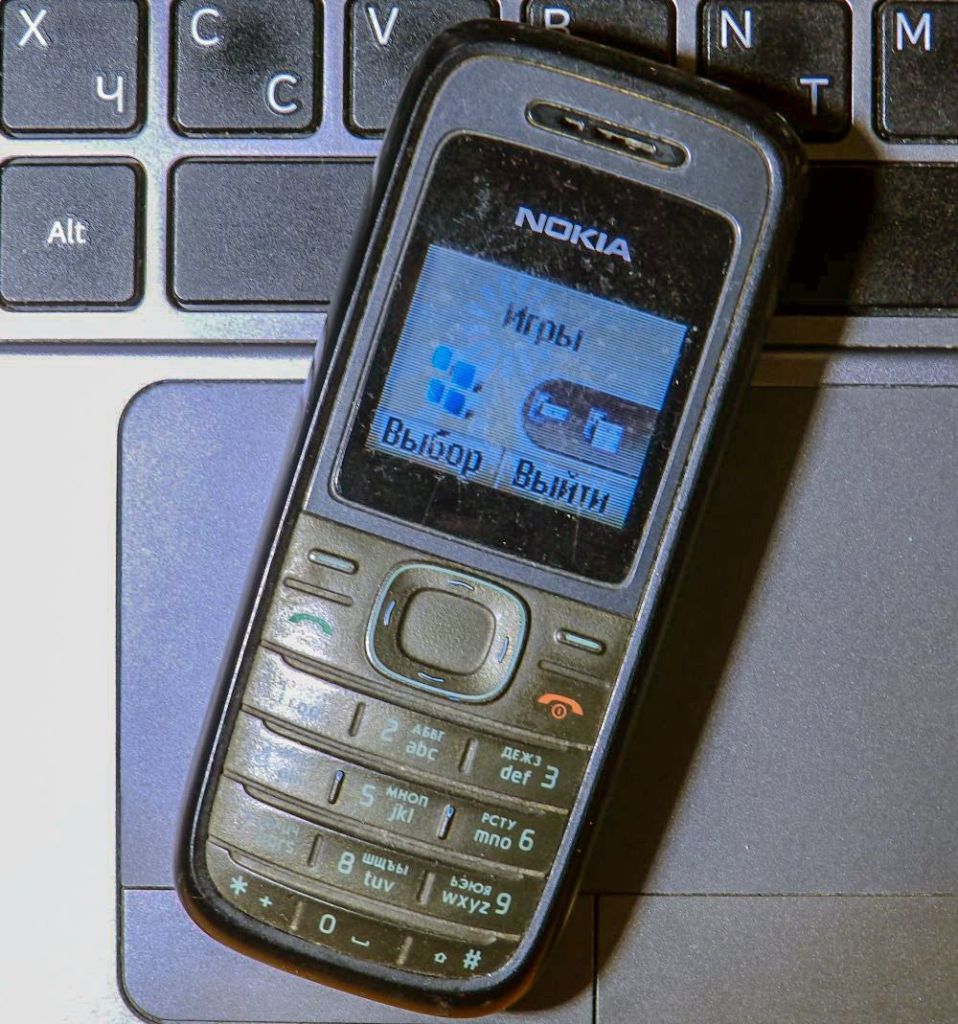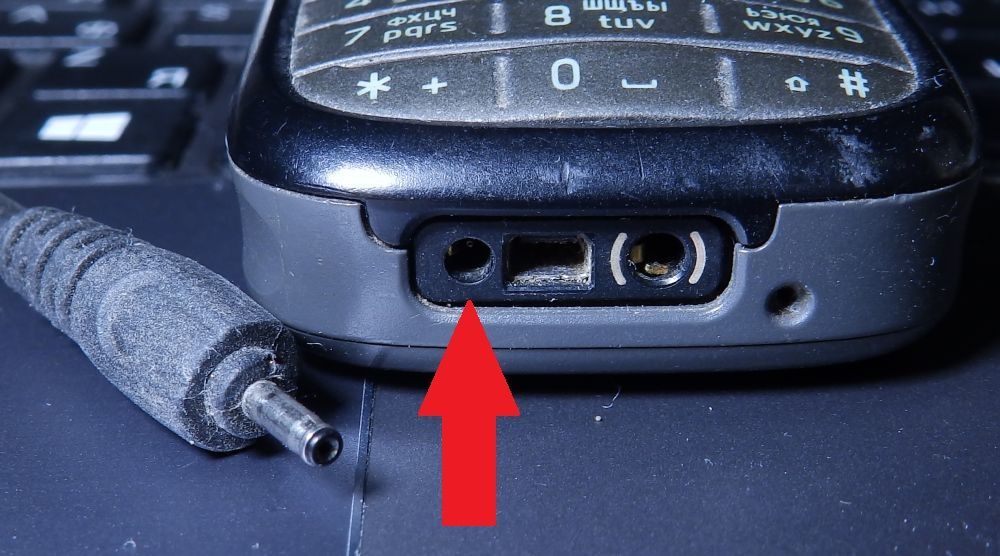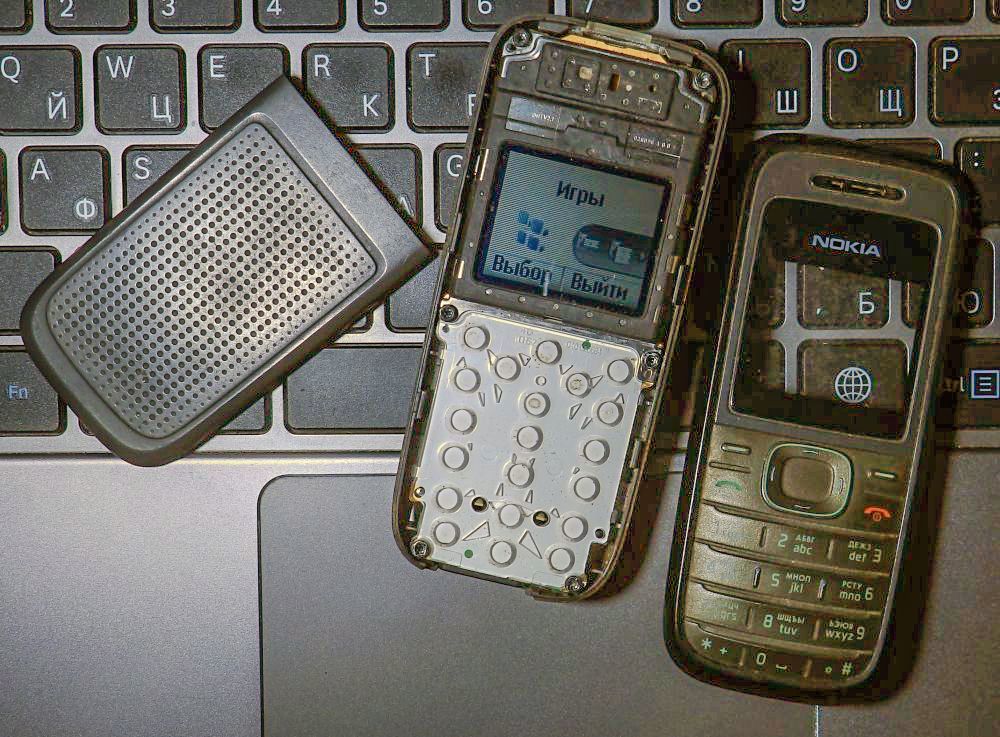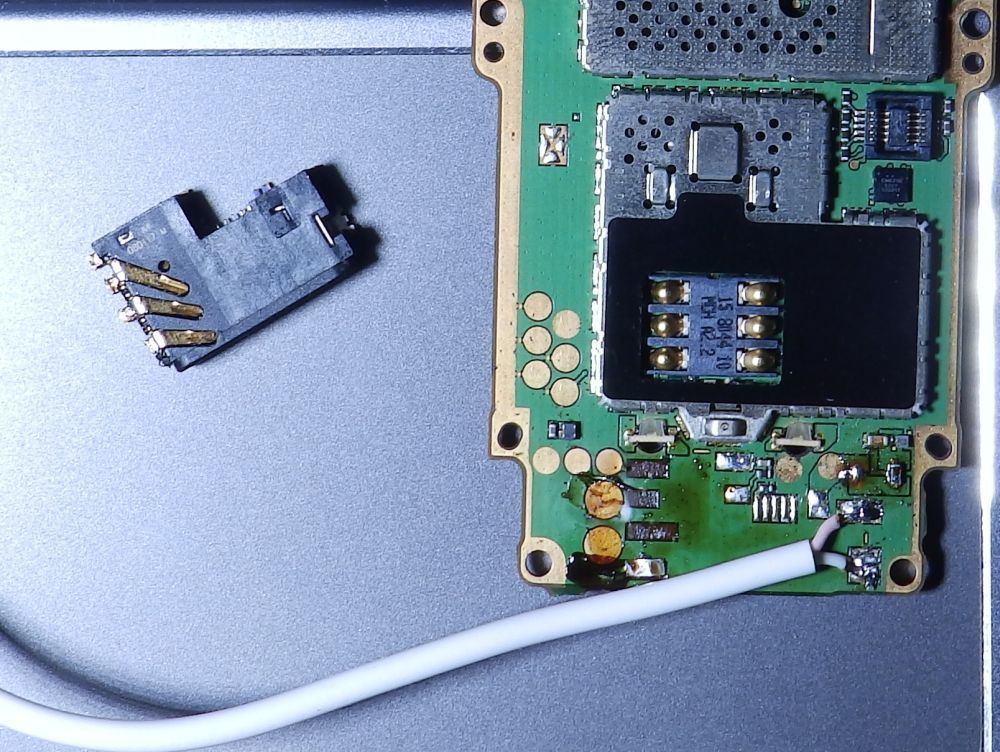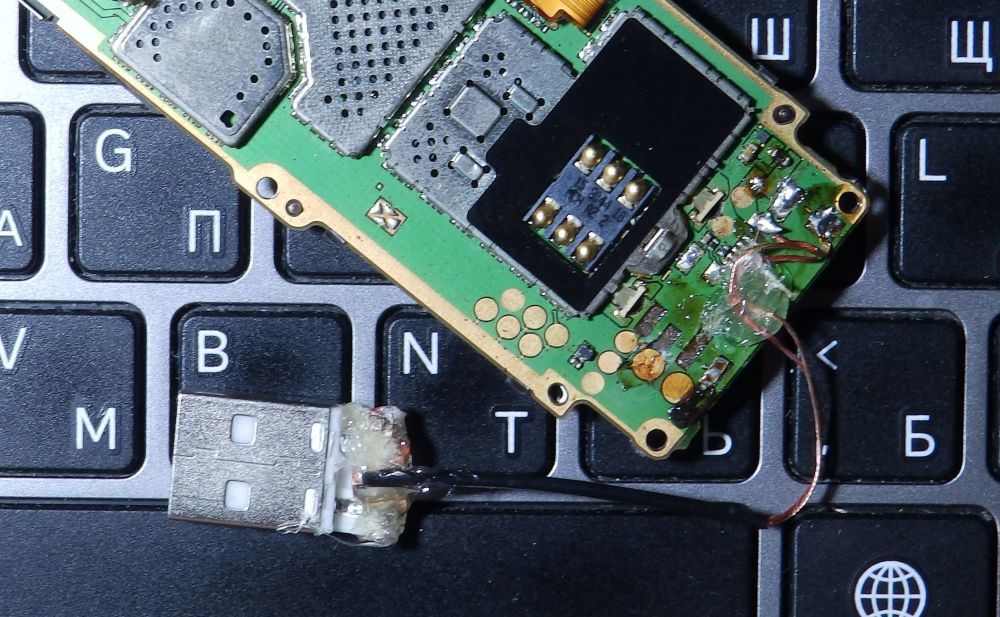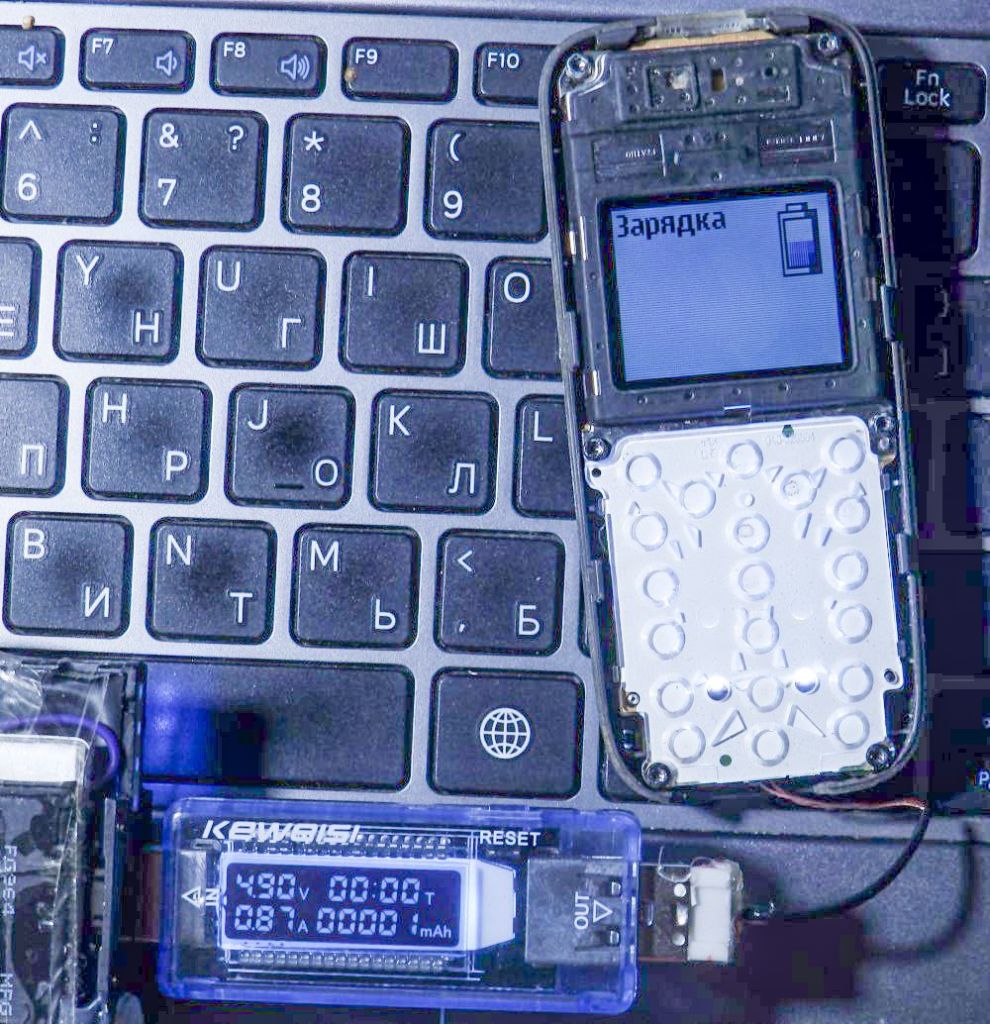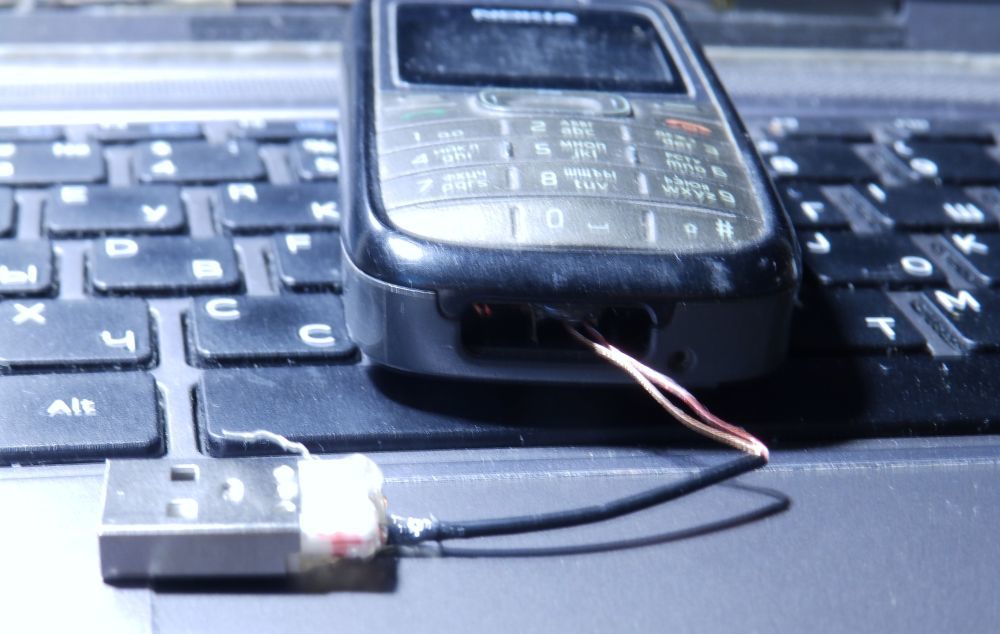Perhaps everyone has an old phone or even several that still work and are suitable as a backup “caller.” However, using such a phone is inconvenient as it belongs to the pre-USB era and has a proprietary connector. With such a phone, you need to carry its special charger, which is inconvenient in our time when gadgets have long been using some variant of the USB connector. However, two wires, a USB connector, and an hour or two of time will allow the old mobile phone to return to the ranks of working backup devices.
Why go through the trouble?
As an example, let’s take the Nokia 1208 phone – a phone that even at its release in 2007 was only suitable as a backup “caller,” as it offers no other communication features besides calls and SMS. It also has a flashlight and can hold a charge for several weeks, making it an excellent option for a backup “caller” even in 2023.
Since the Nokia 1208 was released in the pre-USB era – in 2007, phones were just starting to transition to the unified microUSB connector standard – it uses the common proprietary Nokia plug, which was often called the “thin Nokia plug” (several years earlier, mobile phones from this Finnish manufacturer commonly used a thicker plug).
Considering that the thin Nokia plug is practically unobtainable nowadays, this causes difficulties with charging. You can’t charge this phone from a power bank. Also, carrying a separate charger just for this phone all the time is inconvenient.
Furthermore, the charging adapter is often lost because the phone is a backup and is used quite rarely, so it rarely needs to be charged. In fact, the charger for this Nokia 1208 got lost somewhere, and the phone had to be charged by removing the battery and supplying power directly to it. While the phone was without a battery, its clock and date were reset.
Switching to USB
At first, the idea was to simply remove the proprietary Nokia plug and replace it with a microUSB connector (USB-C was not available). This way, it wouldn’t even be noticeable that the phone had undergone a connector transplant. However, it’s much more convenient if the phone has a built-in cable, so it was decided to use a regular USB-A connector with a wire attached. This might have slightly compromised the phone’s aesthetic, but it’s very practical – you can immediately connect it to a power bank or a charger.
The operation is very simple and anyone can do it:
- disassemble the phone by removing the casing panels and unscrewing six screws.
- carefully cut off the existing connector using wire cutters. In the Nokia 1208, the charging connector is a single block with connectors for its firmware and headset. However, these two connectors were never used and never will be, so you can confidently remove the entire block.
- remove the remnants of the connector from the contact pads using a soldering iron.
- solder two wires – positive and negative – to the contact points of the Nokia plug. Any USB cable will work.
- realize that both wires are soldered to the “negative” terminal. Move the pink wire to the terminal marked with an arrow – this is the “positive” terminal of the charging connector.
- realize that any USB cable won’t fit. The chosen cable has too high electrical resistance. In simpler terms, it can’t pass as much current as the phone wants. Replace the wires with others.
- hurray, the phone is charging.
- reassemble the mobile phone and get a backup phone that’s always charged. To prevent the USB plug from hanging in the air on the back of the phone, you can attach a magnet. Just tilt the phone, and the plug will attach to the magnet.



